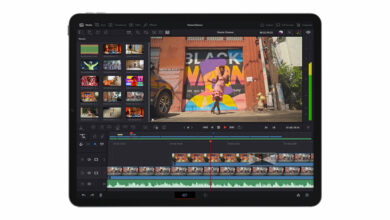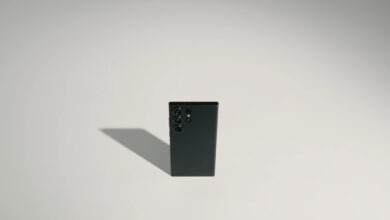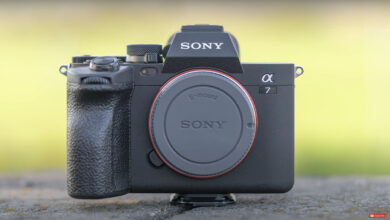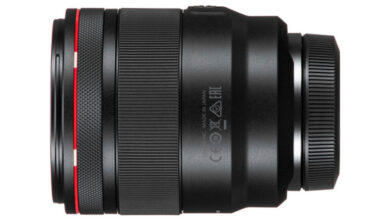Using Lightroom Classic Modules Nobody Talks About
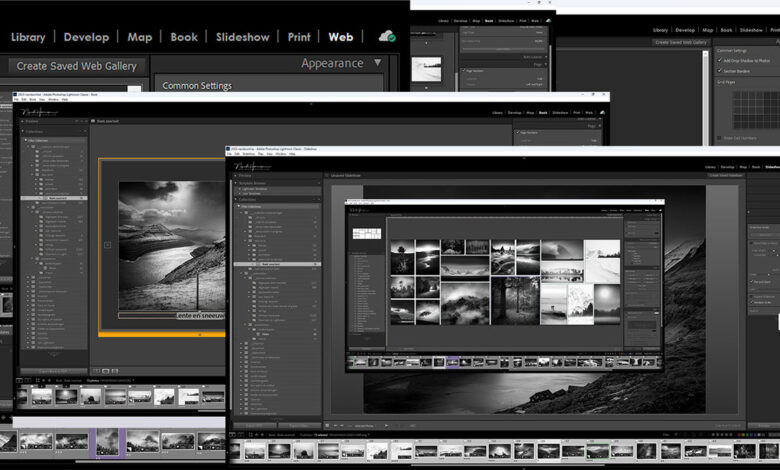
Lightroom is one of the most popular photo editing programs. We talk a lot about the library module and the development module. Other available modules are almost never mentioned. What are these modules? But more importantly, are these useful?
Recently, I wrote an article about map module in Lightroom Classic. I have shown how to use this module to place an image on a map. I realize how often this module is being used by some photographers. In fact, it seems to be a pretty useful feature for some people, even though it’s never been mentioned. In this article, I want to consider others that have never been talked about.
I have to be honest. Apart from the library, the development module and sometimes the map module, I never use the other modules available. I believe there are better options on the market that offer much more flexibility.
That said, it can be useful sometimes. You don’t have to leave the Lightroom environment and it offers a lot of flexibility. Unless you’re working on something important, it provides a cool, quick way to create a slideshow or a website or a book or printout. Let’s take a look at these other modules.
Book module
If I need to make a photo book, I use other software in combination with Photoshop. It offers the most flexibility and a lot of possibilities. The downside is the need to open each page in Photoshop for editing, which can be time-consuming. But using Photoshop in combination with Adobe Bridge is quite handy.
Creating photo books in Lightroom Classic is more capable than I expected. You can use metadata to display titles and descriptions for any photo with no extra work required. You can add EXIF data if you want.
Of course, for this to work, you need to fill in a title and description for each photo. If you do, the information is also available for many other things in Lightroom Classic.
Lightroom Classic offers a variety of page layouts, or you can create your own. They can be saved as presets or favorites. If this is too much work for you, Lightroom Classic can fill pages with the click of a button. Just create a collection of the images you want in the book and it’s designed in minutes. All you have to do is add a cover page.
There are some quirks, though. Creating borders, padding, text layout, and placement can be a bit confusing. A little advice: if you’re going to use the book module, practice a few times before creating the final version. Save your book inside Lightroom so you can reuse it.
Lightroom Classic has the option to order directly with Blurb.com. It offers several book sizes, paper types, and covers. This way, you can ship your book directly to the printing service, which is very handy. I’ve done a few books this way and it works great. Unfortunately, the book size and options for books feel a bit limited.
If you want to print your book elsewhere, the spread pages can be exported as JPEG or PDF. This way you are not required to book with Blurb.com.
Slideshow module
With Lightroom Classic, you can also create slideshows. This is a great way to present your photos. Add some music to it and upload the slideshow to YouTube or Vimeo.
The slideshow module works very similarly to the book module. Create a photo gallery and Lightroom Classic will create a beautiful slideshow for you. It can add title and description text from available metadata and EXIF data if you want.
There are a few options available, but these are pretty basic options. An intro screen can be added, like an end screen. You can add overlays or backgrounds. There can also be music, and you have the choice of synchronizing the slides with the music, or you can set the slide length manually. There are some simple cross blur effects available, and also pan and zoom.
Slideshows can be published in several qualities, but I always recommend the highest quality available, which is full HD. Can be exported as video or PDF. Like the book module, slideshows can be saved in Lightroom Classic for future editing.
Exporting a slide show can take a long time, depending on the number of slides and the size of the images. I uploaded an example slideshow on YouTube, which was exported at the highest quality available in Lightroom Classic.
Print module
It is possible to print from within Lightroom Classic in a variety of ways. It offers a few different settings, like media type and sharpness. You can use the printer’s color management or upload a color profile yourself.
While photos can be printed, the print module is perfect for creating different layouts, such as a contact page or a photo package. It’s a quick way to print these directly after importing images from your camera. You don’t need to edit and export all the images and use other software to reopen the files.
Lightroom Classic offers a lot of templates, but you can also create one yourself. I know some people who use the template to collage Facebook cover photos. Instead of printing, Lightroom Classic can also export the collage as a JPEG file. This makes the print module ideal for creating digital contact sheets that can be sent to customers. Can add image information metadata and EXIF data without any problem. Printouts can be saved for future use.
Web module
If you prefer to have your own photo website, Lightroom Classic has the power to create a complete website gallery for you. Several templates are available, each with several options such as a watermark, label, and gallery header. It even comes with the ability to upload websites using FTP. Just fill in the login information and you can publish a website easily within minutes.
Just like the other modules, metadata and EXIF data can be used to add a title, description, and EXIF data. While the design possibilities are somewhat limited, this can be an easy way to set up a simple online library. You don’t need to know anything about website building; it does all the work for you.
I created an example web gallery with Lightroom to learn how it works. You can check by yourself. Please note that this address is not secure as I do not have a security certificate for this subdomain. But I guarantee that it is safe to access.
How useful are these Lightroom classic modules?
If you don’t want to spend too much time grappling with Photoshop, Premiere Pro, or website building tools, the Lightroom Classic modules can be quite handy. You never have to leave the Lightroom environment, and you keep everything streamlined. If you change how a photo is edited, it will be changed in every presentation, print, or web gallery used. You just need to render the new version. It uses metadata and EXIF information, making it easy to be consistent in adding information to your photos.
While there are better options available with much more flexibility, the Lightroom Classic modules are worth considering. Do you use one or more modules that have never been talked about? Please share your experience in the comments below. Also share tips or tricks for using these modules. It can help others a lot.
